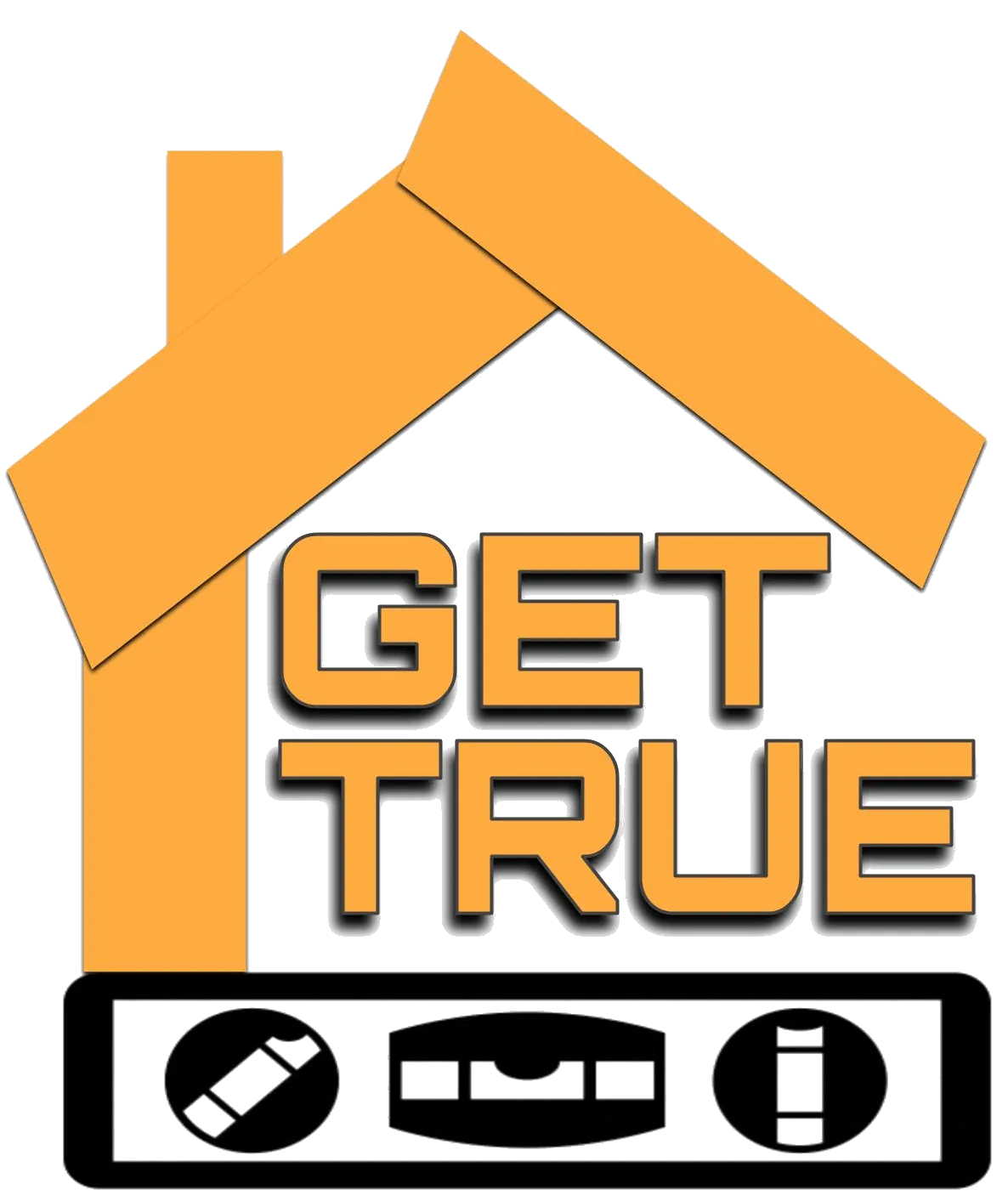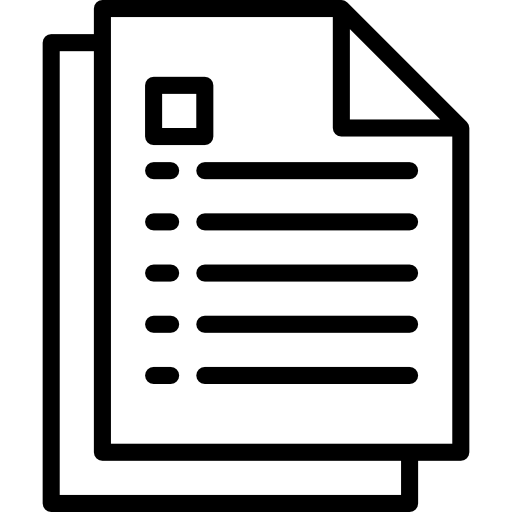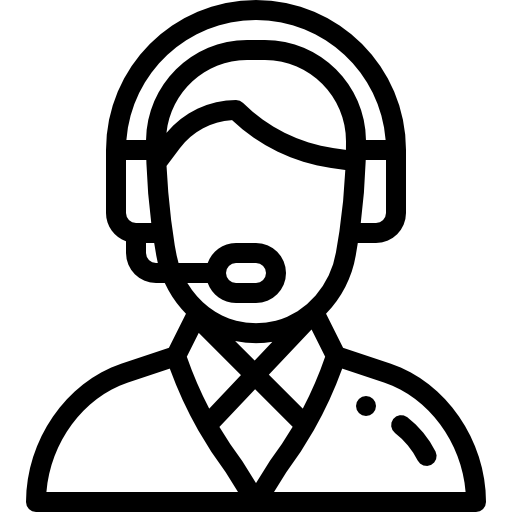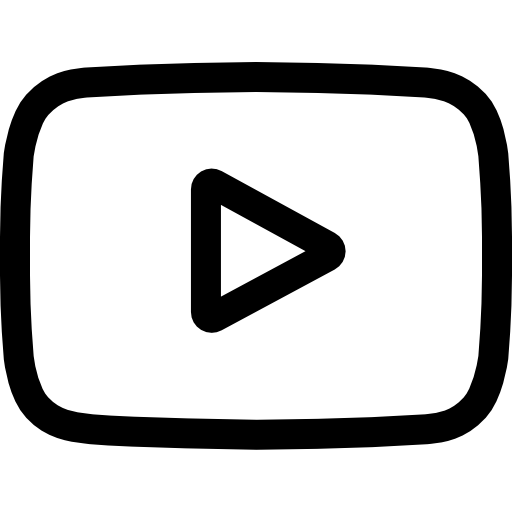Modular Home
SERVICES
From PAD TO PEAK
Get True has over 10 years experience working with mobile and modular homes throughout western Canada.
Count on us to assist you with services from foundations to roofing and everything in between.
What Makes Our Company
Different & Better?

SERVICES
SPECTRUM
We provide specialized solutions tailored to the unique challenges of mobile and modular homes, ensuring durability, efficiency, and lasting protection.

SKILLED
PROFESSIONAL
Our team is extensively trained in mobile and modular home systems, equipped with specialized knowledge and proven techniques for expert solutions.

PROFESSIONAL
TOOLS
We use industry-leading tools tailored to each job, ensuring precision, efficiency, and top-quality results every time.

AFFORDABLE
PRICES
Our efficiency, strong supplier relationships, and extensive contractor network allow us to deliver top-quality service at competitive, locally accessible prices.
Keeping Homeowners
LEVEL & SAFE
FOR OVER A DECADE!
From moving, building, designing and restoring, Get True's founder, Austin Weinrich has been working with mobile and modular homes for over 20 years.
Get True started as a jacking company to service existing homes but soon grew into a complete crawlspace restoration company to finally, a complete general contracting solution for modular homes.
We’ve Been Doing Modular Home
Repairs & Restorations For a Long Time
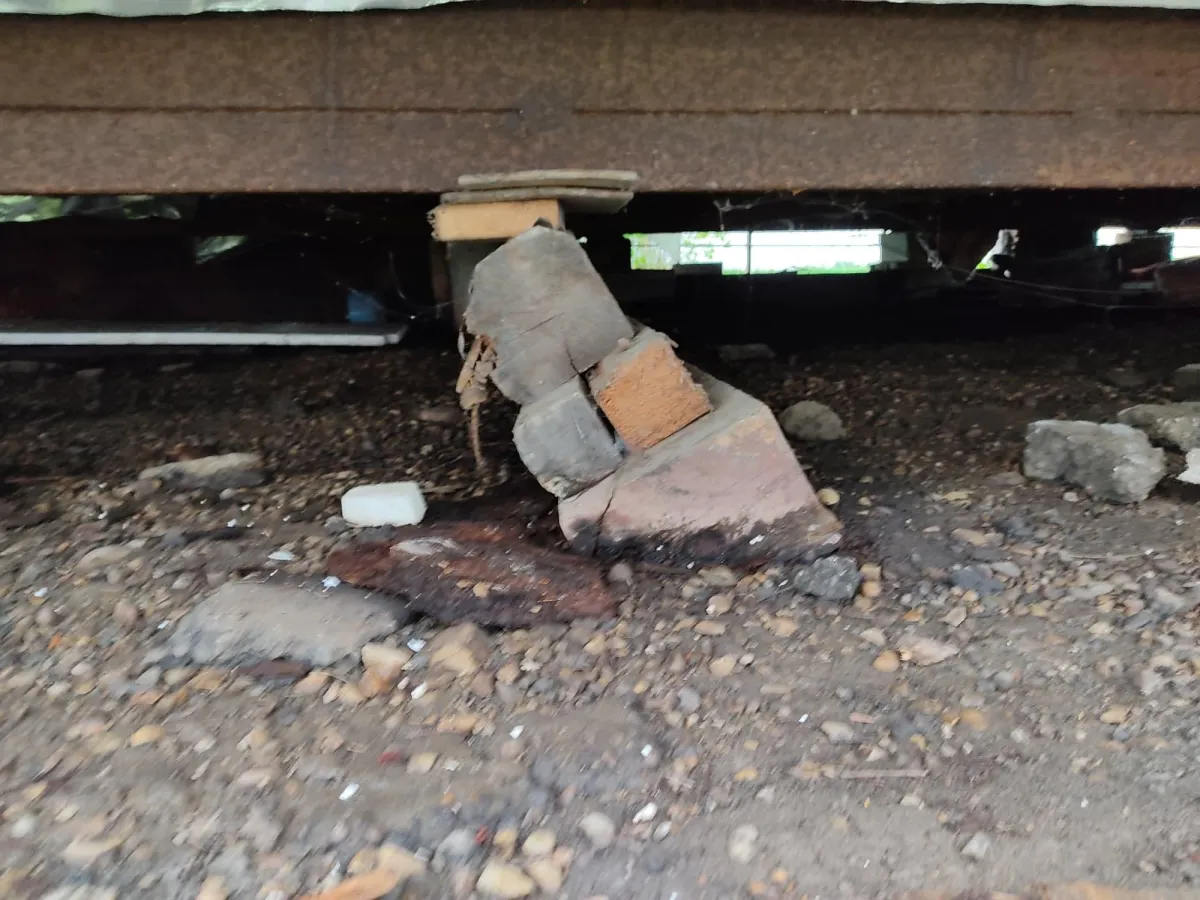
Home Inspection
Full Exterior
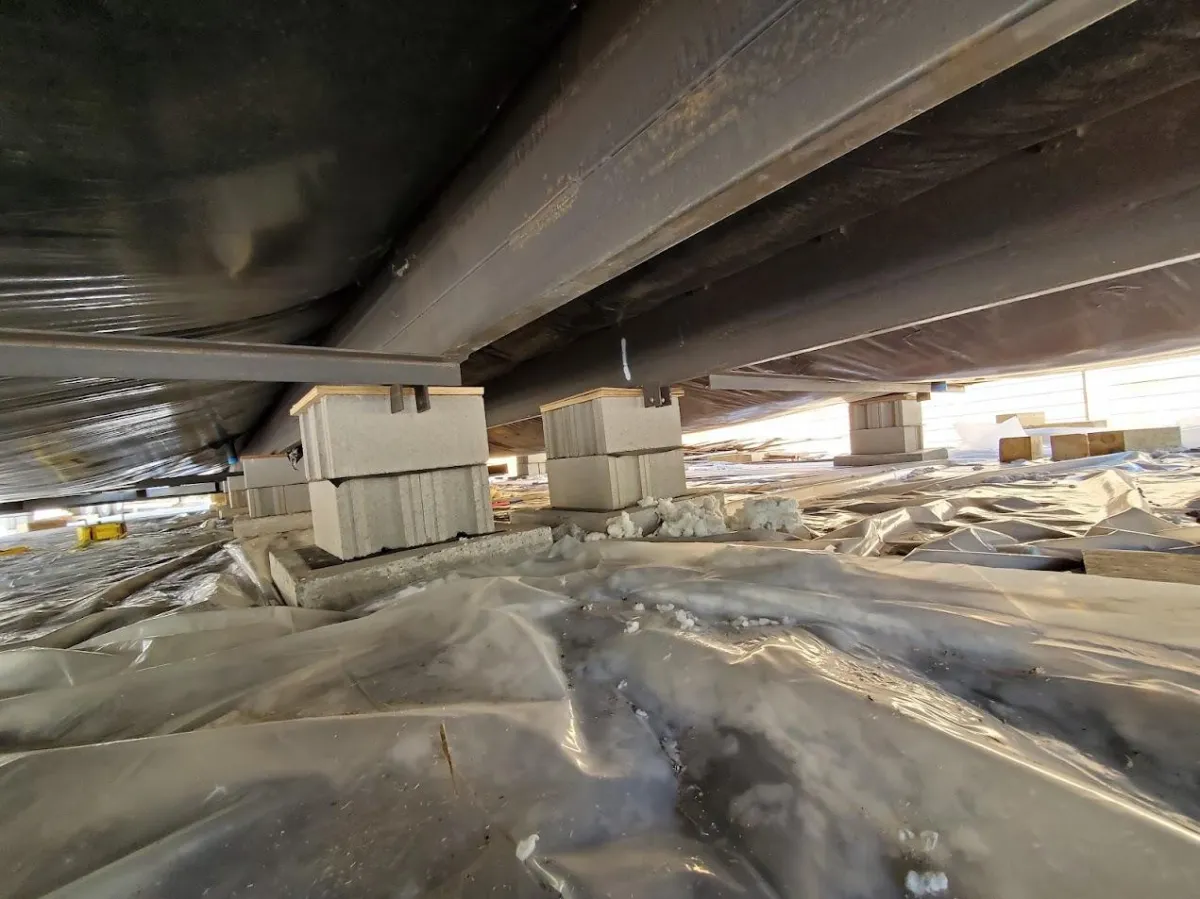
Foundation
Level & Restore
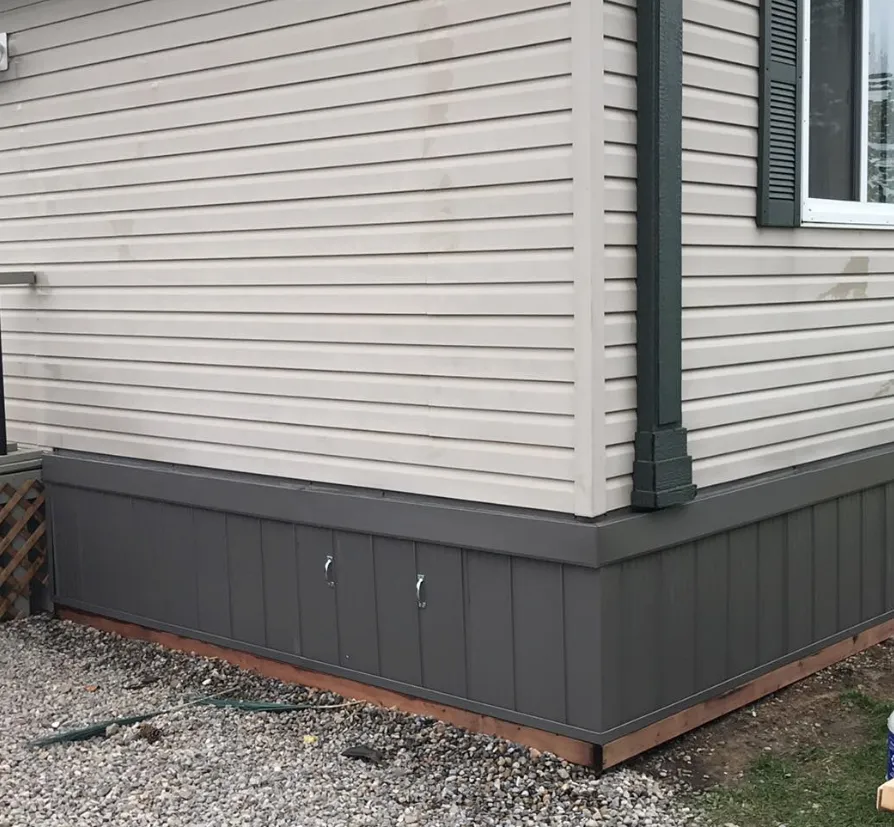
Skirting
Install & Repair

Belly Insulation
Replace & Repair
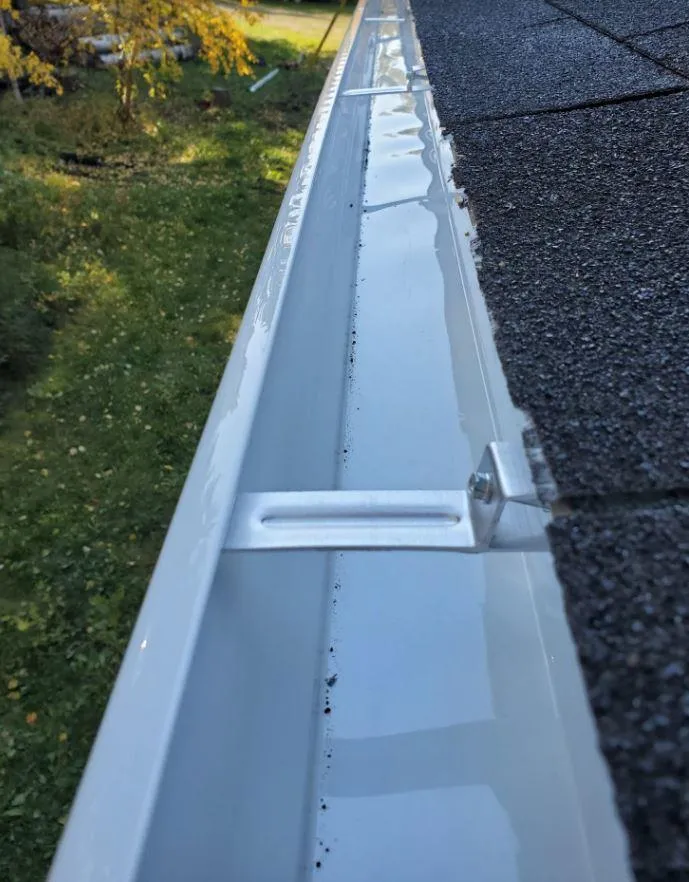
Eavestrough
Install & Repair

Plumbing
Repair & Replace
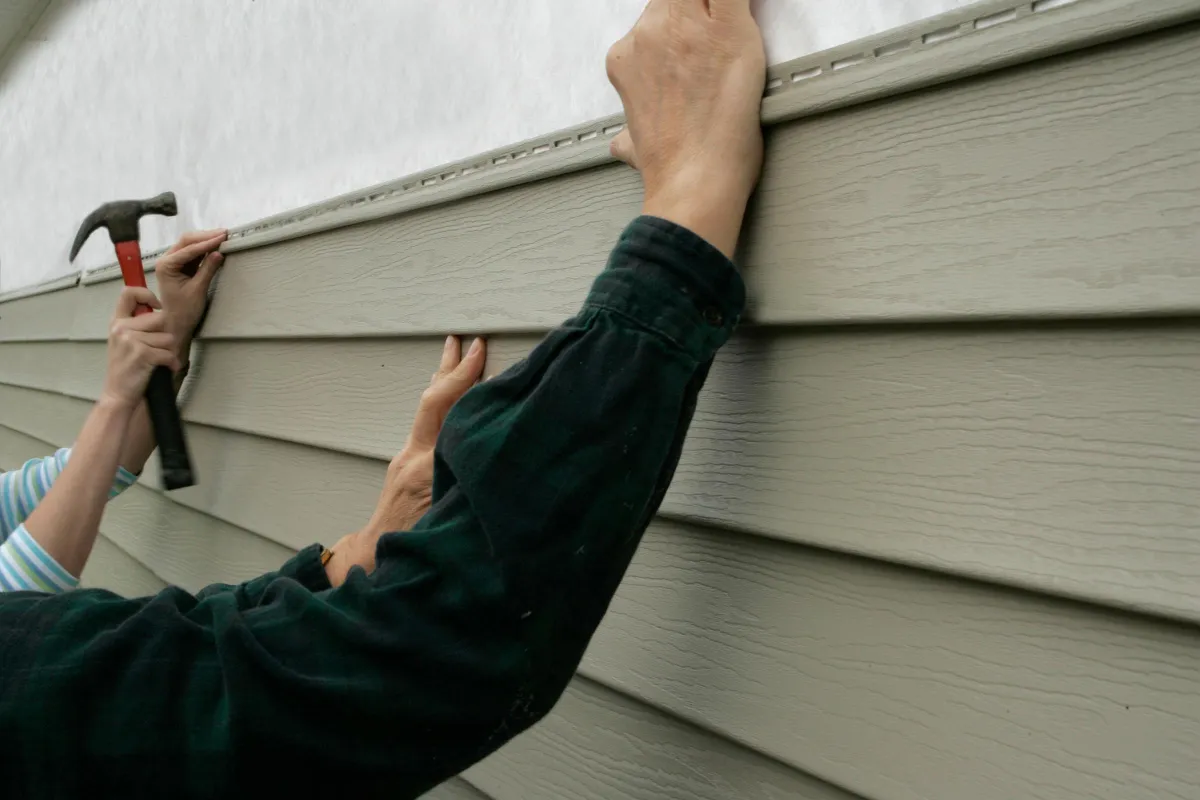
Siding
Install & Repair
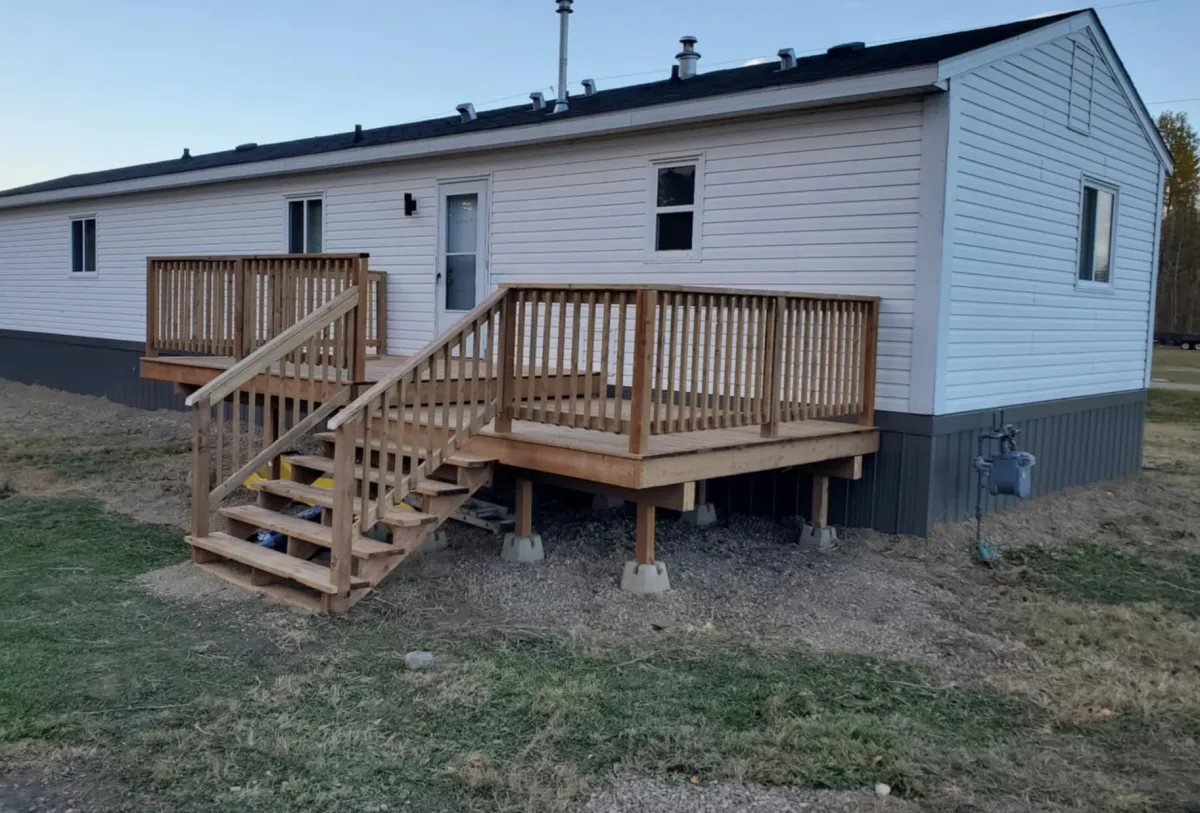
Decks
Build & Refinish

Roof
Repair & Replace

Doors & Windows
Install & Repair
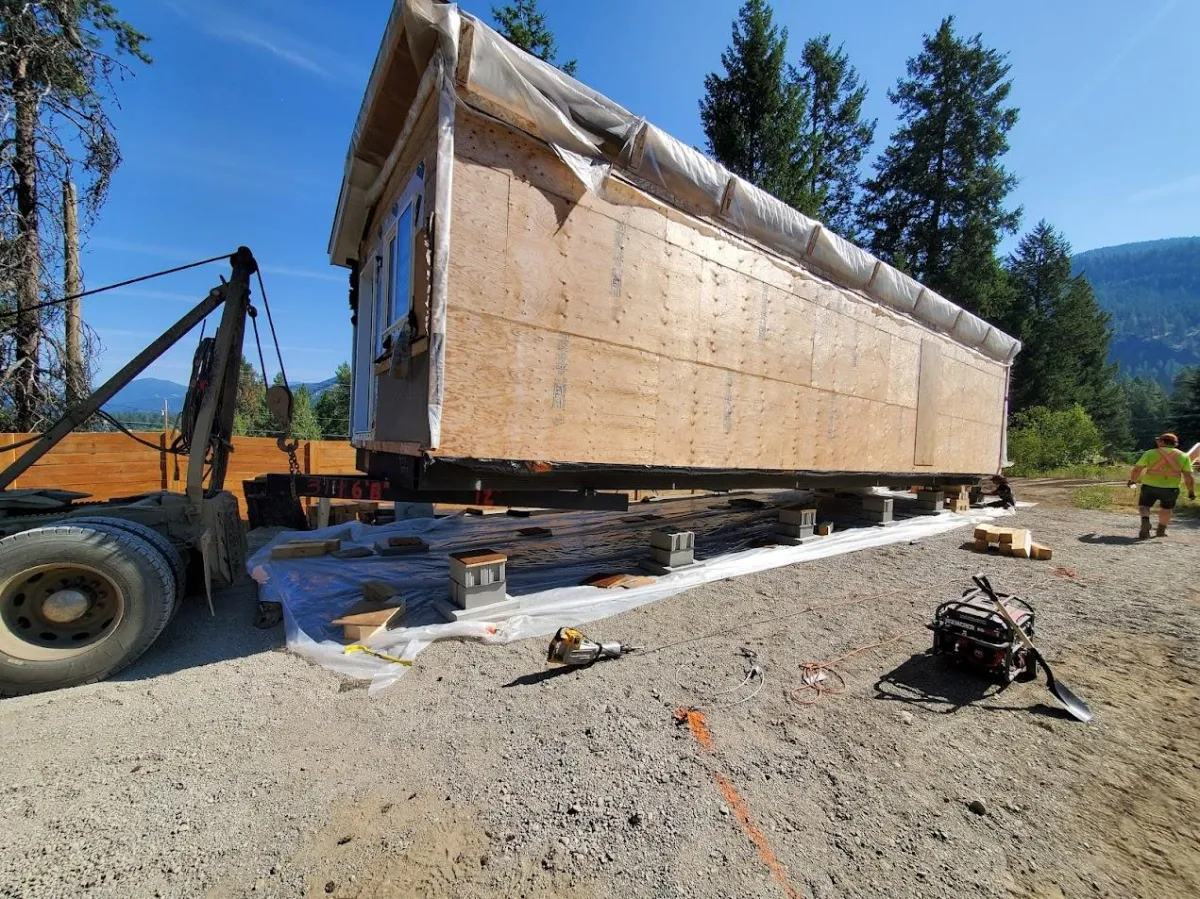
Set-Up
Site Work & Relocations

Anchor
Install & Calculations
Is your Home Sitting True?
Many issues you might experience with your mobile or modular home can stem from ground and foundation issues.
People Always Seem to Be Glad
When their home No Longer feels like it's FALLING apart!

Dexter Gronvall
- May 24, 2024
I recently had the pleasure of working with Get True. From start to finish, the team at Get True demonstrated exceptional professionalism and efficiency. Their attention to detail and commitment to quality were evident throughout the process.
The entire process was seamless and a stress-free experience.

Julie Little
- May 31, 2024
Awesome from start to finish. They came out and did the ground work as to what the job would be. Gave us the quote, we accepted and the date was set.
The crew came as scheduled a got to work. They were amazing, got down and dirty and completed the job. We are completely satisfied and super happy.
98 %
Satisfied
Customers
1,000+
Projects
Completed
10+
Experience
Years
Get In Touch
Email: [email protected]
Address
4 9700 87 Avenue, Morinville, AB, T8R 1K6
Assistance Hours
24/7 Customer Support
Phone Number:
1-800-275-4144
